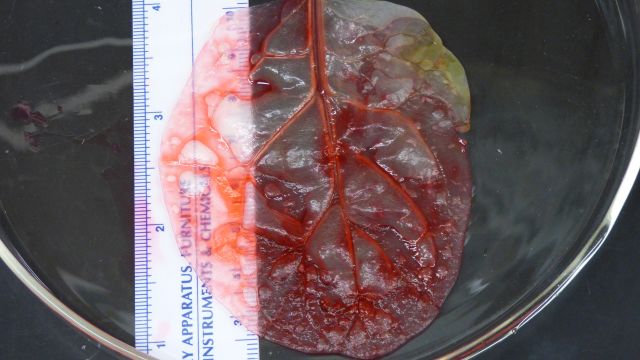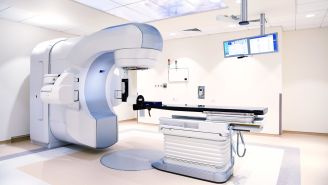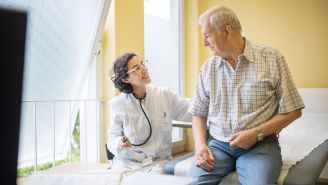Scientists have been growing human tissues and organs in the lab for a while now. Technologies like 3-D printing—the use of specialty printers to layer cells on top of each other to create three-dimensional structures—have helped scientists build human ears, trachea and countless other tissues.
But despite these remarkable advances, scientists faced one key roadblock, which kept them from making life-sized, fully functioning organs for transplants. They couldn’t recreate the intricate “scaffolding” of blood vessels that would carry oxygen-rich blood to growing tissues’ cells. They tried to engineer man-made vessel networks, and failed. They tried to 3-D print them, and fell short.
Then a group of scientists, led by researchers from Worcester Polytechnic Institute (WPI), looked to nature for a solution. The researchers “crossed kingdoms,” borrowing vessel arrangements from spinach leaves.
If you’ve ever stared at uneaten spinach on your plate, you’ve probably noticed the tiny veins on its leaves, which look a bit like human blood vessels. Scientists removed the plant cells covering the leaves, and just kept that frame, which is made of a compound called cellulose.
They covered the frame in human cells and let them grow, eventually creating a “mini-heart.” The spinach scaffolding helped nutrients to reach a larger area of heart cells than ever before. The cells of the mini-heart were even able to beat.
The researchers also had some success with parsley, sweet wormwood and peanut hairy roots, according to their study, published in the May 2017 issue of Biomaterials. They suggest that different types of plants could be used to grow other tissues and organs in the future.
“We have a lot more work to do, but so far this is very promising,” says Glenn Gaudette, PhD, a professor at WPI and one of the study’s authors, in a press release. “Adapting abundant plants that farmers have been cultivating for thousands of years for use in tissue engineering could solve a host of problems limiting the field.”
Photo credit: Worcester Polytechnic Institute.
"A spinach leaf that’s had its plant cells removed so that the remaining structure could be used to help grow human heart tissue.”






